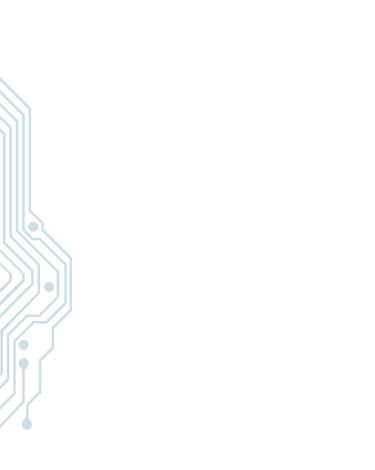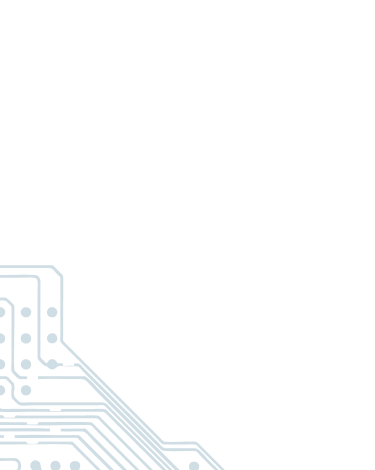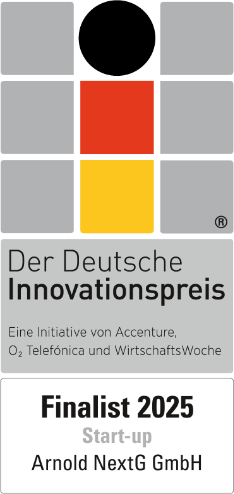
Europe’s Digital Defence – Sovereignty Demands Standards, Systems, and Courage
Between regulation and reality: Those who set the rules, secure the future
2025 is a defining year for Europe. The continent stands at a crossroads: Will it remain a consumer of global defence technology, or become a shaper of its own security ecosystem? Because digital sovereignty doesn’t begin in Brussels or in a white paper.
It begins inside the control unit – where decisions become movement, and systems become strategy.
Technology as strategic infrastructure
Autonomous vehicles. AI-driven targeting. Networked battlefield mobility. All of it hinges on one basic question: Who controls the control system?
- He who masters Drive-by-Wire defines mission logic.
- He who sets certification rules controls market access.
- He who builds the platforms ensures interoperability.
“We can no longer take peace for granted. Only by investing and innovating together can Europe secure its ability to defend itself.”
– Jiří Šedivý, Chief Executive, European Defence Agency (EDA), Annual Report 2024
From standards to sovereignty: Regulation is power
While the U.S. has FMVSS, the Pentagon has MIL-STD protocols, and China deploys state-controlled frameworks, Europe still lacks a unified approach to certifying autonomous systems.
But therein lies the opportunity: Companies like Arnold NextG already deliver certified, deployment-ready systems — such as the NX NextMotion platform:
- ASIL D (ISO 26262)
- SIL3 (IEC 61508)
- ISO 21434 Cybersecurity compliance
- ECE-compatible, TÜV-approved vehicle construction
This isn’t just engineering. It’s standard-setting in action — and it’s built in Germany.
A digital defence market is not a contradiction
The EU’s Defence Innovation Scheme, the APAS initiative (Autonomous Platform Architecture Standardisation), and the broader European Defence Industrial Strategy all point in one direction: Joint standards. Interoperable platforms. Independent certification. But strategy must be filled with substance:
- Without technical interface standards, cooperation stays fragmented
- Without regulatory pathways, dual-use remains a buzzword
- Without bold procurement, innovation stays in the lab
Arnold NextG is ready to lead this shift — with open interfaces, certified systems, and active collaboration across public and private sectors.
Sovereignty is not a state – it’s a process
Sovereignty doesn’t mean isolation. It means:
- Setting your own standards
- Controlling your own production
- Trusting your own platforms
It also means accepting responsibility — for safety, for quality, and for earning the trust of citizens in Europe’s ability to defend itself through its own digital capabilities.
Conclusion: The future is autonomous – but only if we define it
This blog series ends not with a piece of hardware, but with a principle: Modern defence is digital. It requires platforms like NX NextMotion — secure, modular, European. And it requires the political courage and technical excellence to push those platforms into action. Drive-by-Wire is more than a control system.
It is a symbol of a Europe that moves under its own power. Not steered from the outside — but steering itself.







